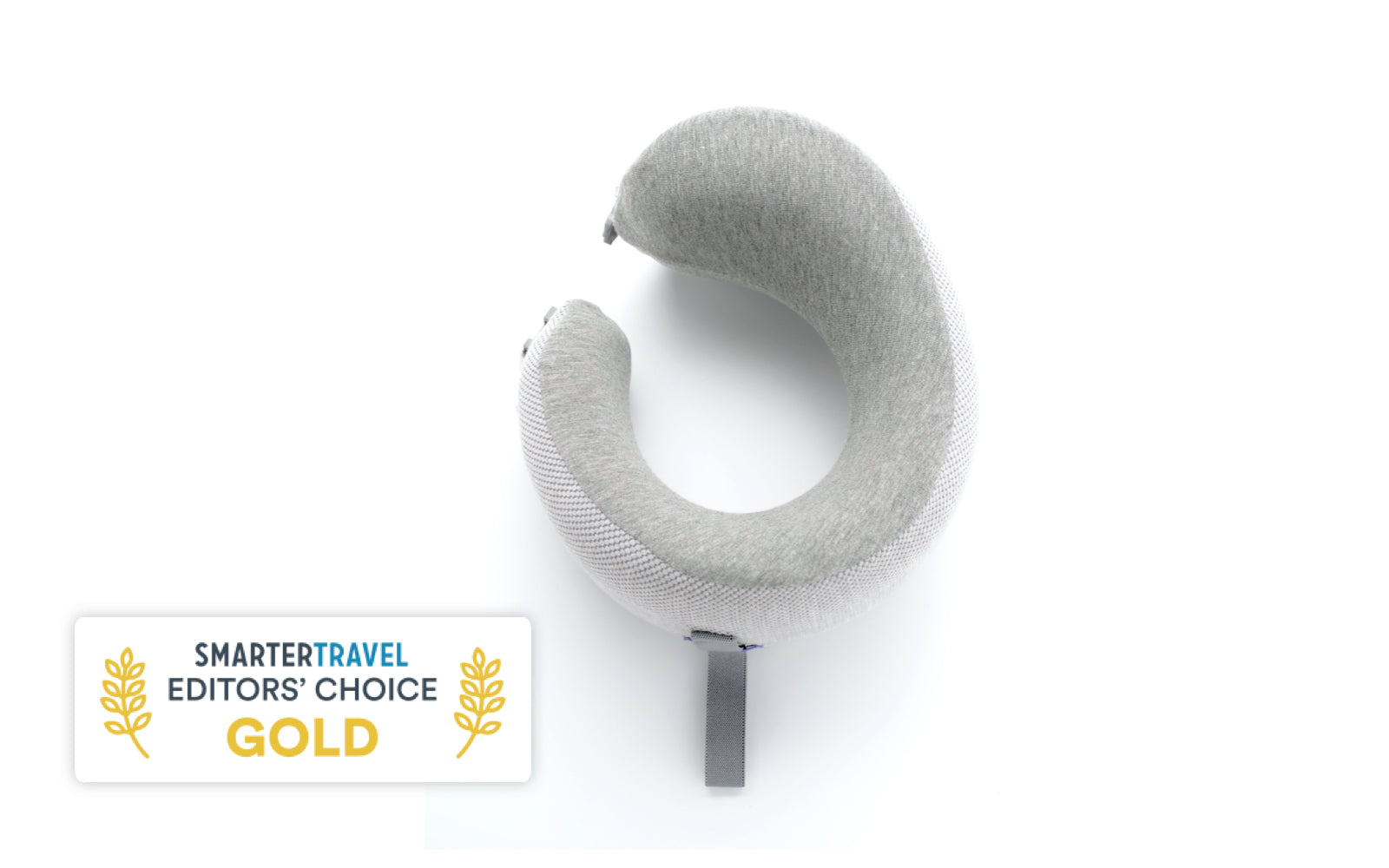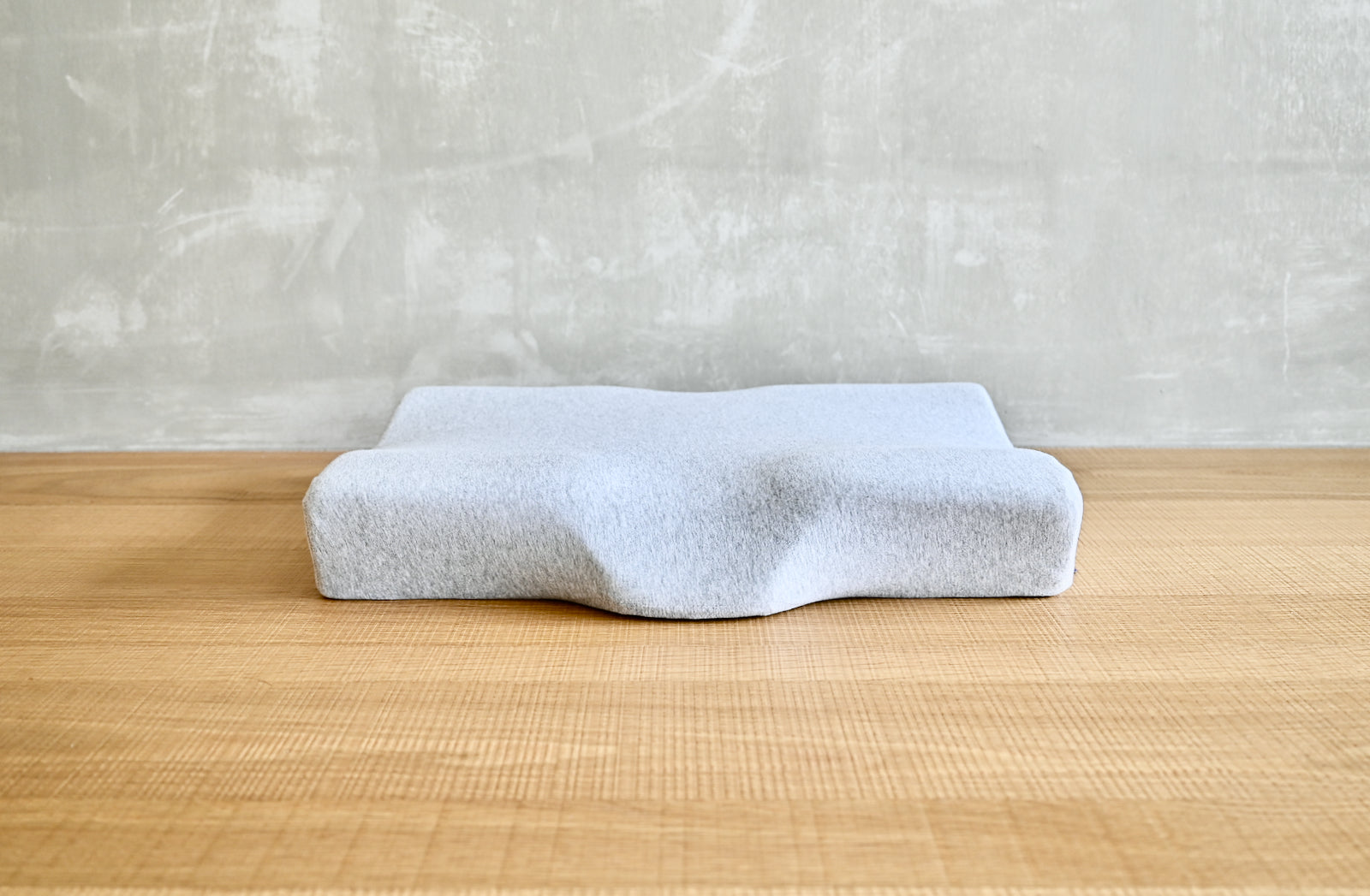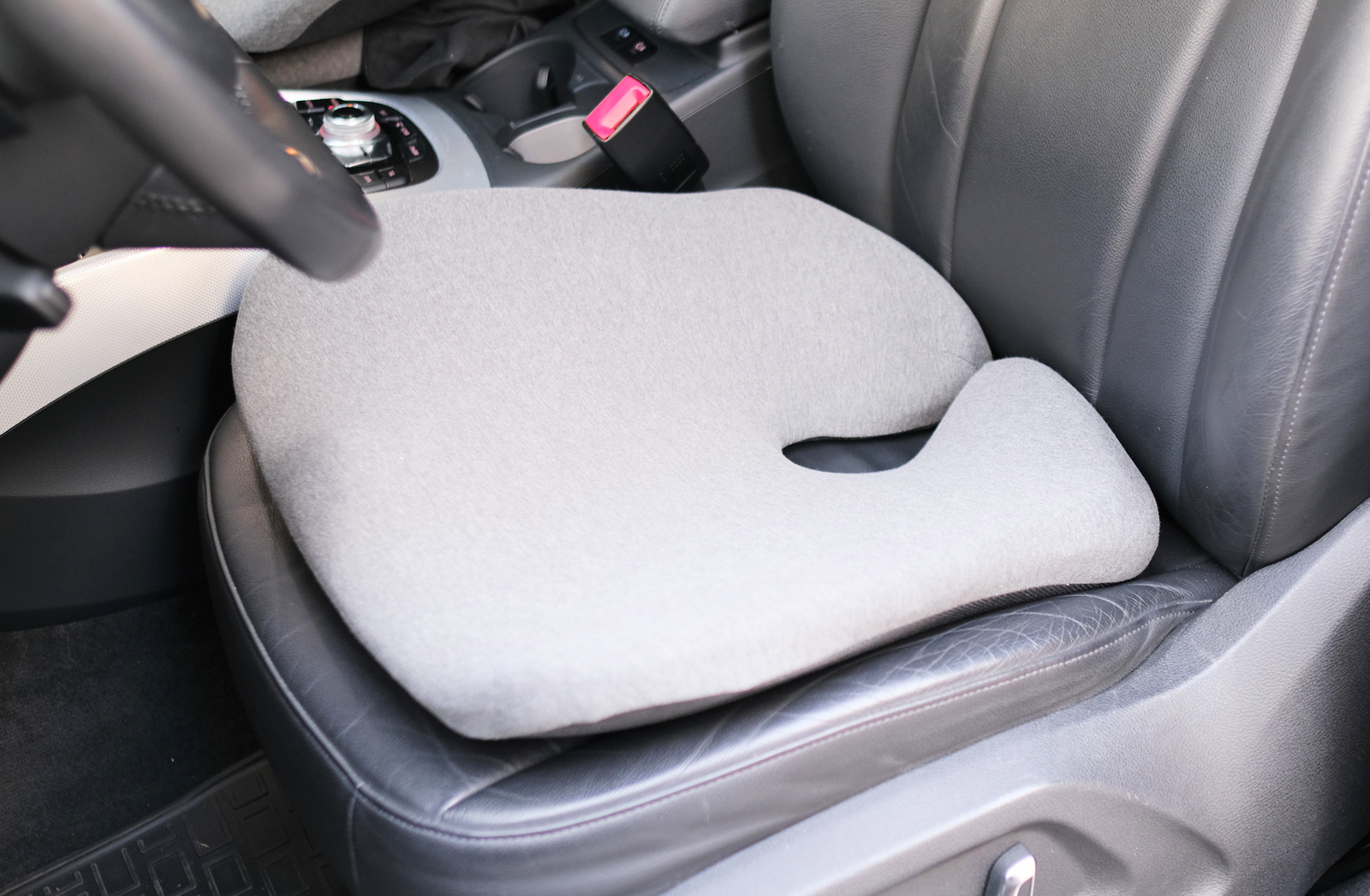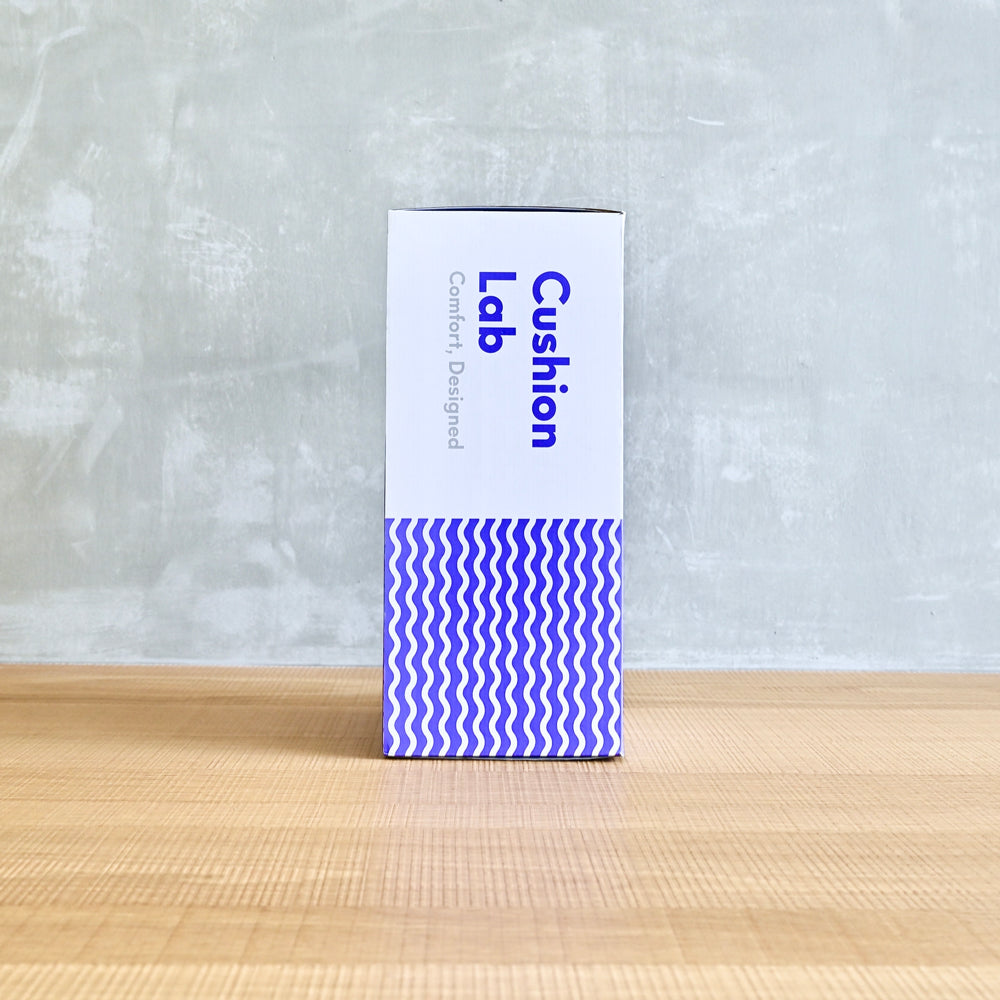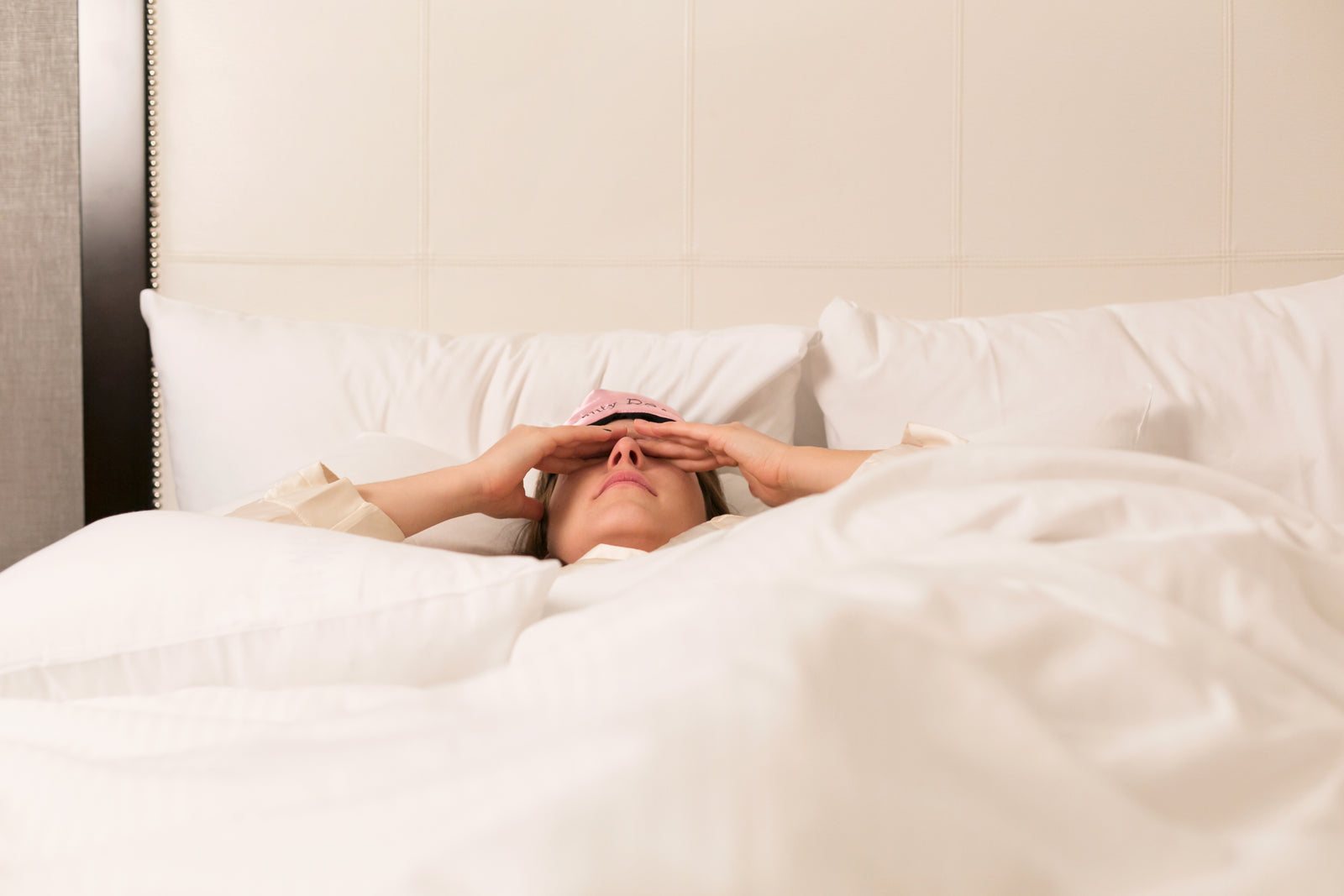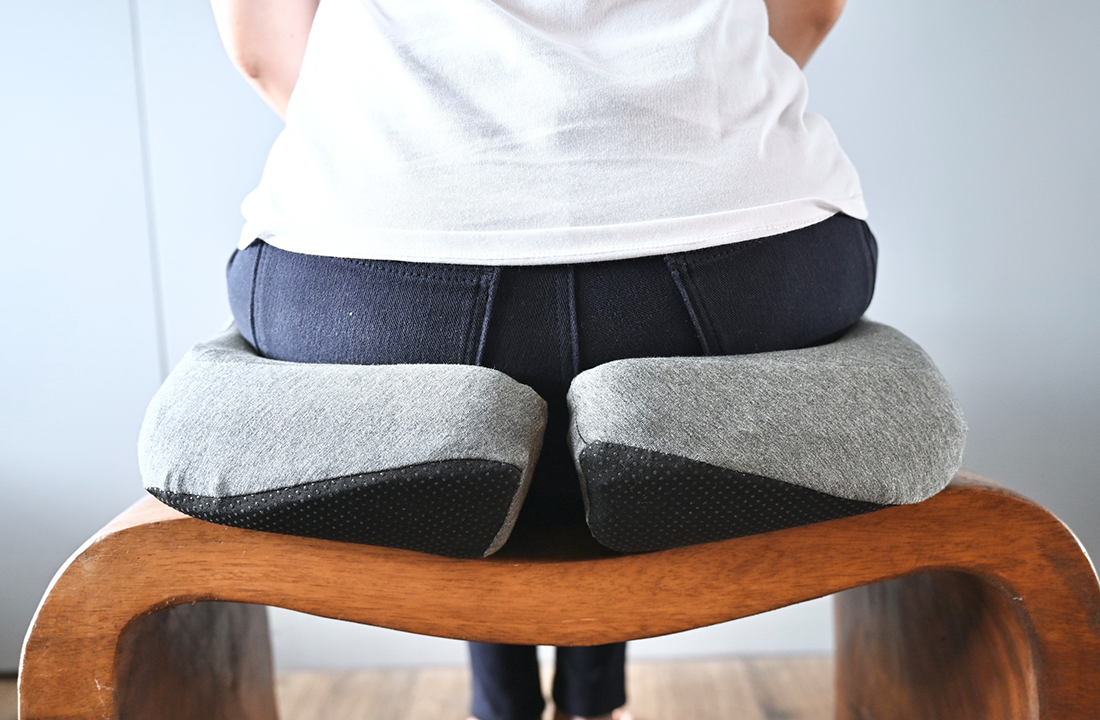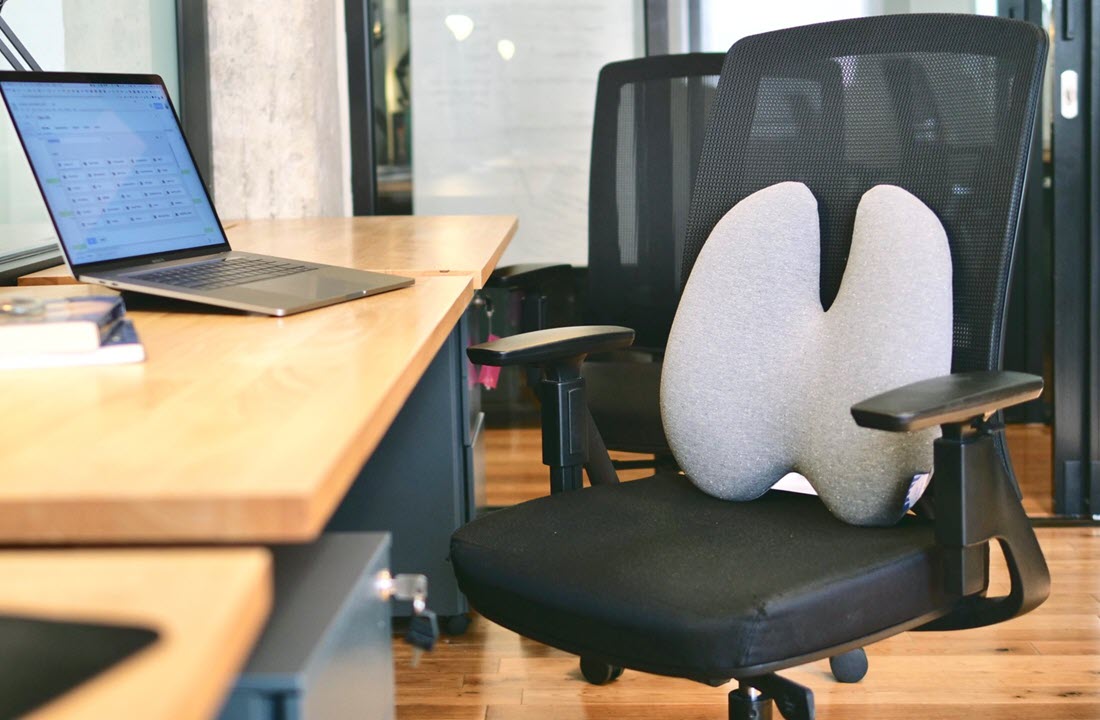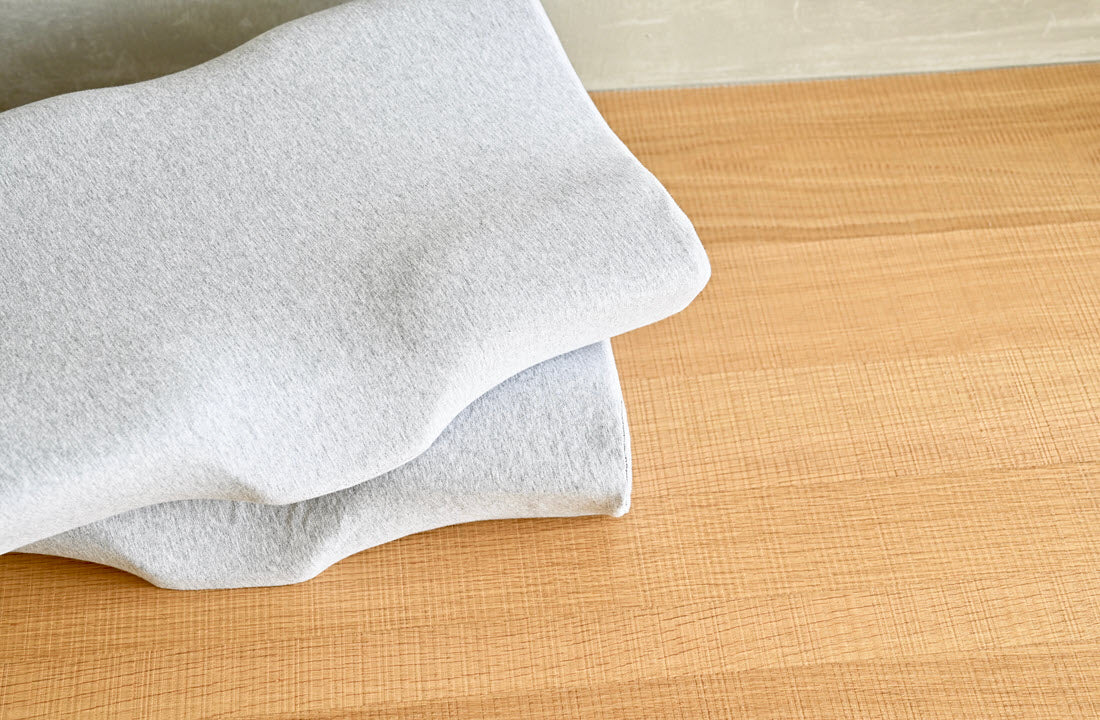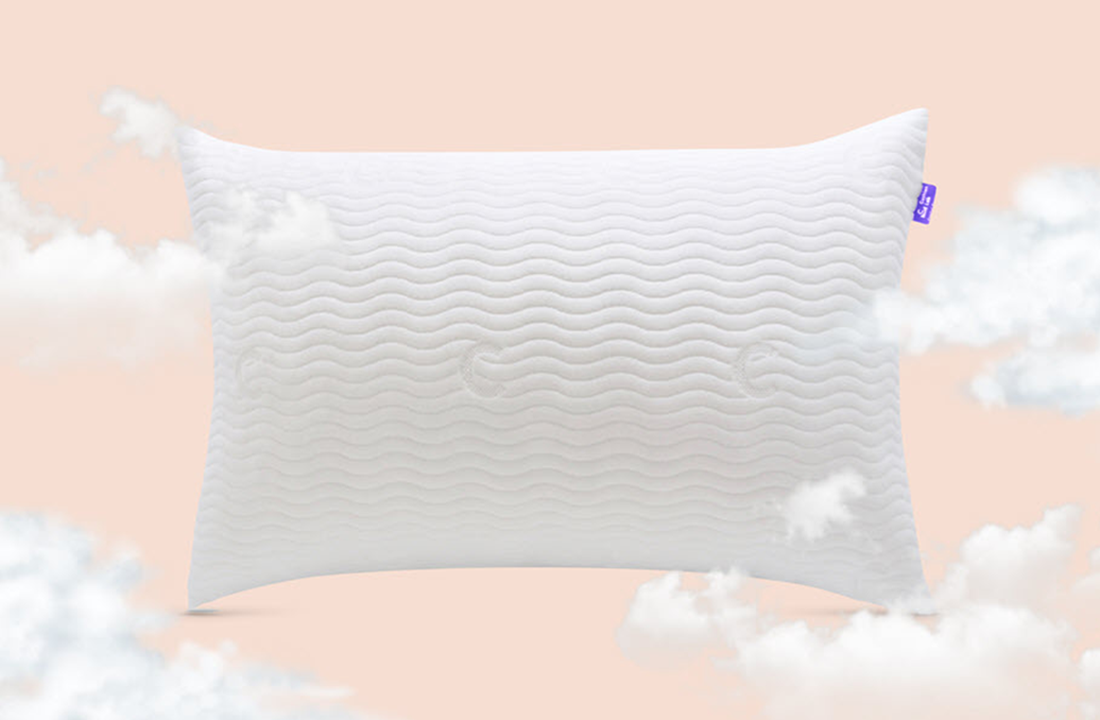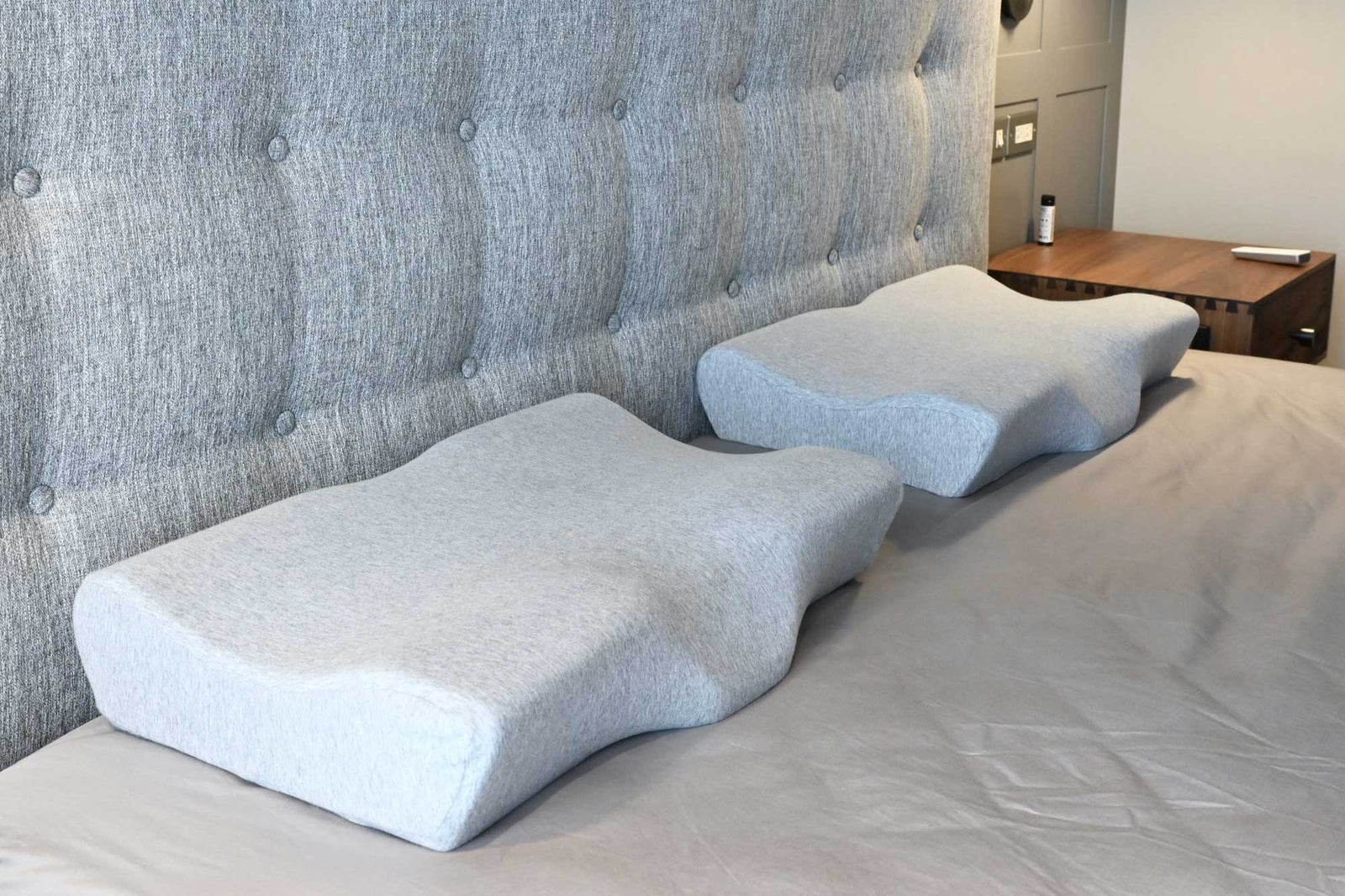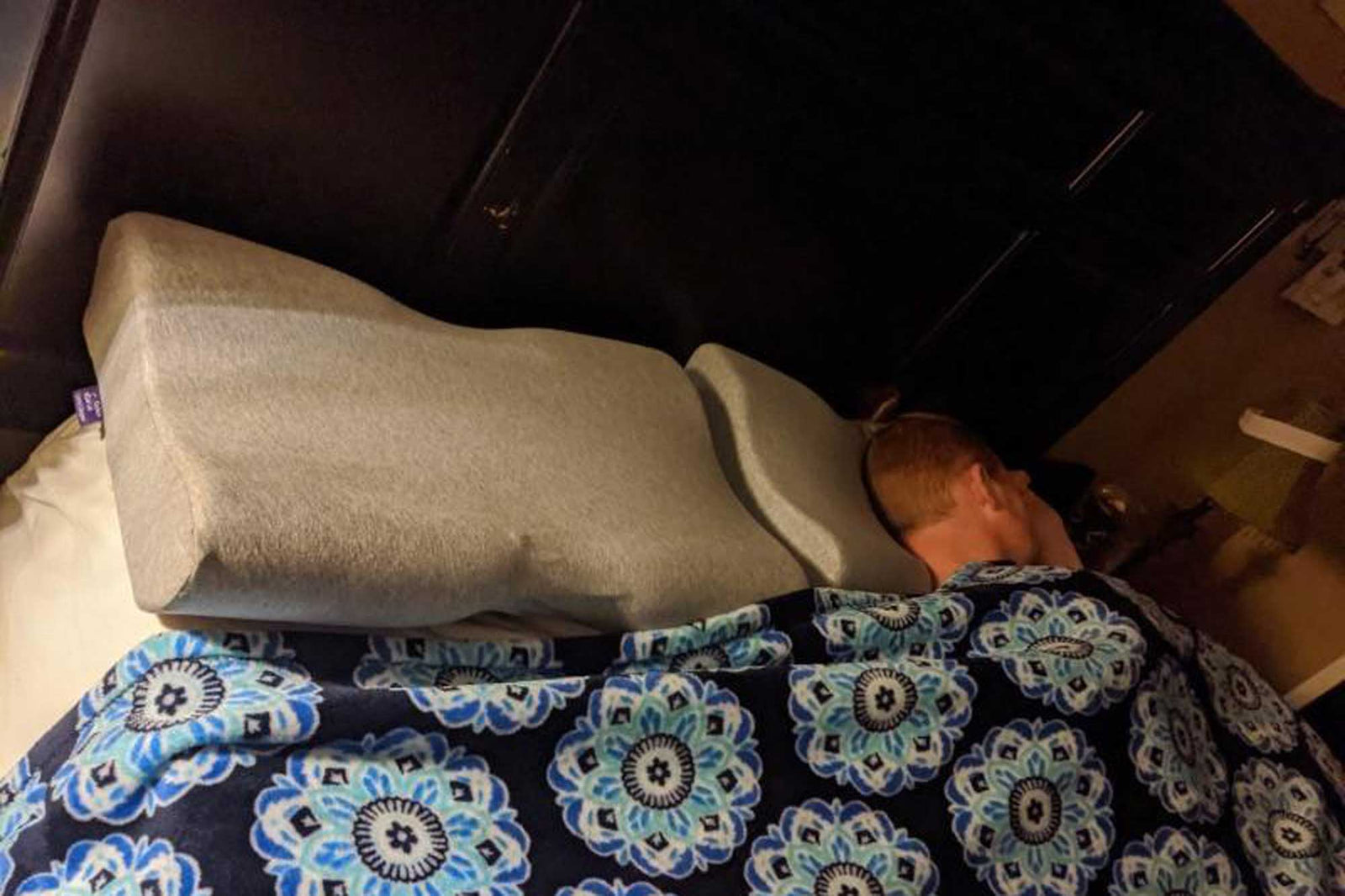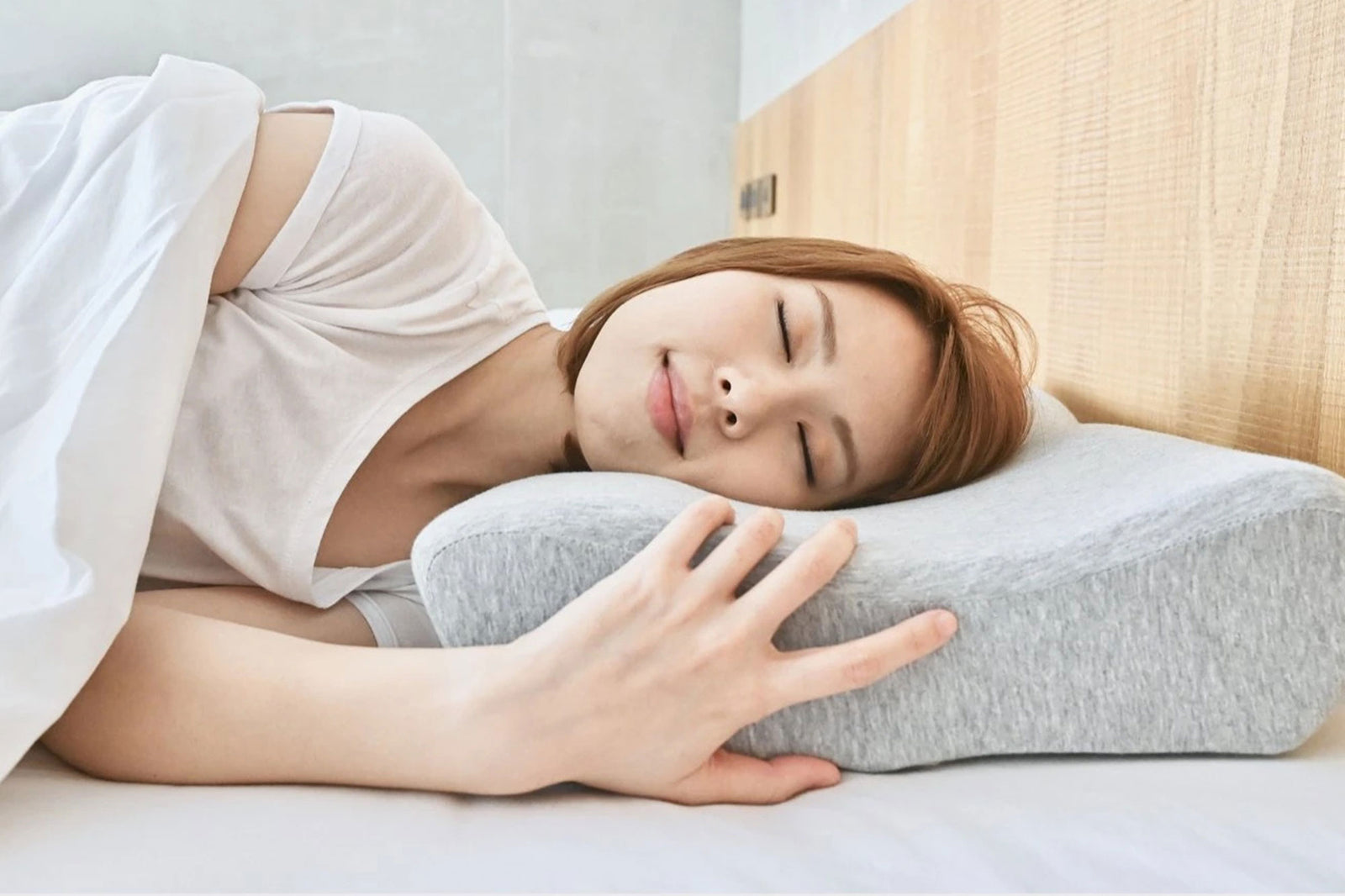1. Back Sleeper - 18% of Population
- Leads to fewer facial wrinkles (Superficial, I know)
- Less likely for Neck & Back Pain
- Reduces Acid Reflux
- A higher tendency for snoring/sleep apnea
What pillow should you use for back sleeping?
Pro Tip:
2. Side Sleepers - 66% of Population
- Less likely to snore
- Can Ease heartburn and acid reflux
- Great for Pregnant Women on back pressure relief
- Better Blood circulation.
Con:
- Shoulder squishing - arm numbness
- Lack of leg support can lead to hip and spine contortion and back pains.
- Stress in knee + Increase Arthritic Pain (Fetal Position)
- Might lead to facial wrinkles
Ideal for:
- Pregnant Women
- Sleepers with apnea
- Sleepers with a bad back
- Any sleeper with a thicker pillow
The side sleeper is the most popular sleeping position. It has three different variations, with the fetal position as the most popular by far at 47% of the population.
Lastly, there is the yearner position where you lay down on your side with your legs straight and both arms extended out in a yearning pose. It's the favorite position by Baby Boomers!
What pillow should you use for side sleeping?
3. Stomach Sleepers 16%
- Less likelihood of snoring and sleep apnea
- Sore neck
- Lower back pain
- Muscle numbness, excessive pressure on joints, & irritated nerves.

